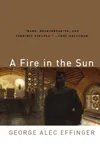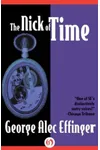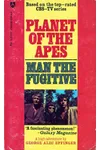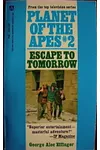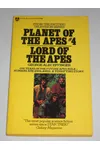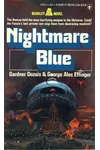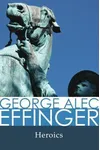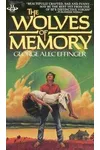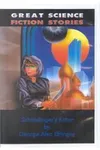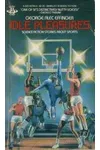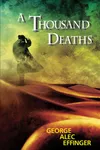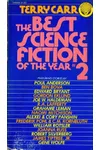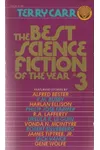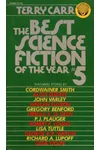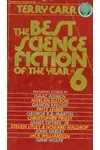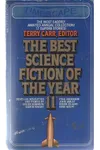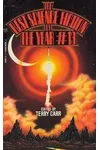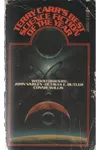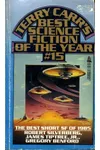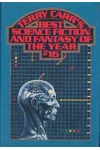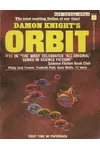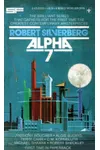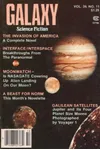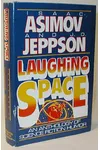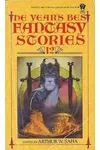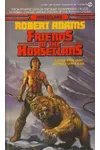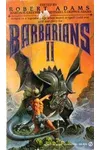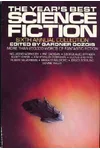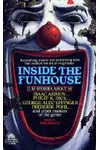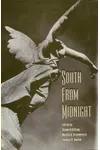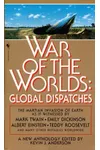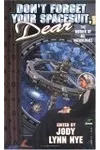Picture a Cleveland-born wordsmith who spun cyberpunk tales with a dash of humor and a whole lot of heart—meet George Alec Effinger! Known for his groundbreaking Marîd Audran trilogy and the award-winning novelette 'Schrödinger’s Kitten,' Effinger carved a unique niche in science fiction. Despite battling chronic health issues, his witty narratives and cultural insights left a lasting mark on speculative fiction.
Effinger’s stories weren’t just about futuristic tech or alien worlds; they were about people, laced with dark humor and sharp social commentary. Ready to dive into the life of this underappreciated sci-fi gem? Let’s explore his journey from a Yale dropout to a Hugo and Nebula winner!
The Making of George Alec Effinger
Born on January 10, 1947, in Cleveland, Ohio, George Alec Effinger grew up in poverty, with a Navy veteran father and a mother who worked as a prostitute. A scholarship to Yale University promised a medical career, but organic chemistry proved his kryptonite, and he dropped out. Moving to New York City, Effinger found his calling in writing, mentored by science fiction luminaries Damon Knight and Kate Wilhelm through the Clarion Writers’ Workshop. His first story, 'The Eight-Thirty to Nine Slot,' hit Fantastic magazine in 1971, kicking off a prolific career.
George Alec Effinger’s Unforgettable Stories
Effinger’s Marîd Audran trilogy—'When Gravity Fails' (1987), 'A Fire in the Sun' (1989), and 'The Exile Kiss' (1991)—is his crown jewel. Set in the Budayeen, a futuristic Middle Eastern city inspired by New Orleans’ French Quarter, these cyberpunk novels follow street hustler Marîd Audran navigating a world of cybernetic implants and crime. With titles drawn from Bob Dylan lyrics, the series blends hardboiled detective vibes with Islamic cultural elements, earning Hugo and Nebula nominations.
His 1988 novelette 'Schrödinger’s Kitten,' a playful riff on quantum physics, won both the Hugo and Nebula Awards, plus Japan’s Seiun Award. Effinger also delighted readers with the Maureen Birnbaum parodies, dropping a preppy teenager into sci-fi and horror scenarios for comedic effect. His 'O. Niemand' stories, pastiches of writers like Mark Twain and Ernest Hemingway, showcased his versatility, set on the asteroid city of Springfield. From comic books to a Zork universe tale, Effinger’s eclectic output defied categorization.
His style? Think surreal, witty, and deeply human. Effinger wove postmodern flair, cyberpunk grit, and cultural nuance, often exploring identity and technology’s impact. Despite health struggles, his short stories—collected in works like 'George Alec Effinger Live! From Planet Earth' (2005)—cemented his reputation as a master of concise, impactful storytelling.
Why George Alec Effinger Matters
Effinger’s influence on cyberpunk and speculative fiction is undeniable. His Budayeen universe, blending Middle Eastern culture with high-tech dystopia, was a bold departure from Western-centric sci-fi, paving the way for diverse voices in the genre. His ability to fuse humor, noir, and social commentary inspired writers like George R. R. Martin, who praised his 'wry and black and savage' style. Though health issues and medical debt curtailed his later years, Effinger’s work remains a beacon for fans of innovative storytelling.
His legacy endures in anthologies, posthumous collections, and the hearts of readers who cherish his unique voice. Effinger, affectionately called 'Piglet' by friends, showed that even in a genre of vast galaxies, the human spirit shines brightest.
- Born: January 10, 1947, Cleveland, Ohio
- Died: April 27, 2002, New Orleans, Louisiana
- Key Works: Marîd Audran trilogy, 'Schrödinger’s Kitten,' Maureen Birnbaum series
- Awards: Hugo (1989), Nebula (1988), Seiun (1988)
Snag 'When Gravity Fails' and dive into George Alec Effinger’s cyberpunk world—your imagination will thank you!

